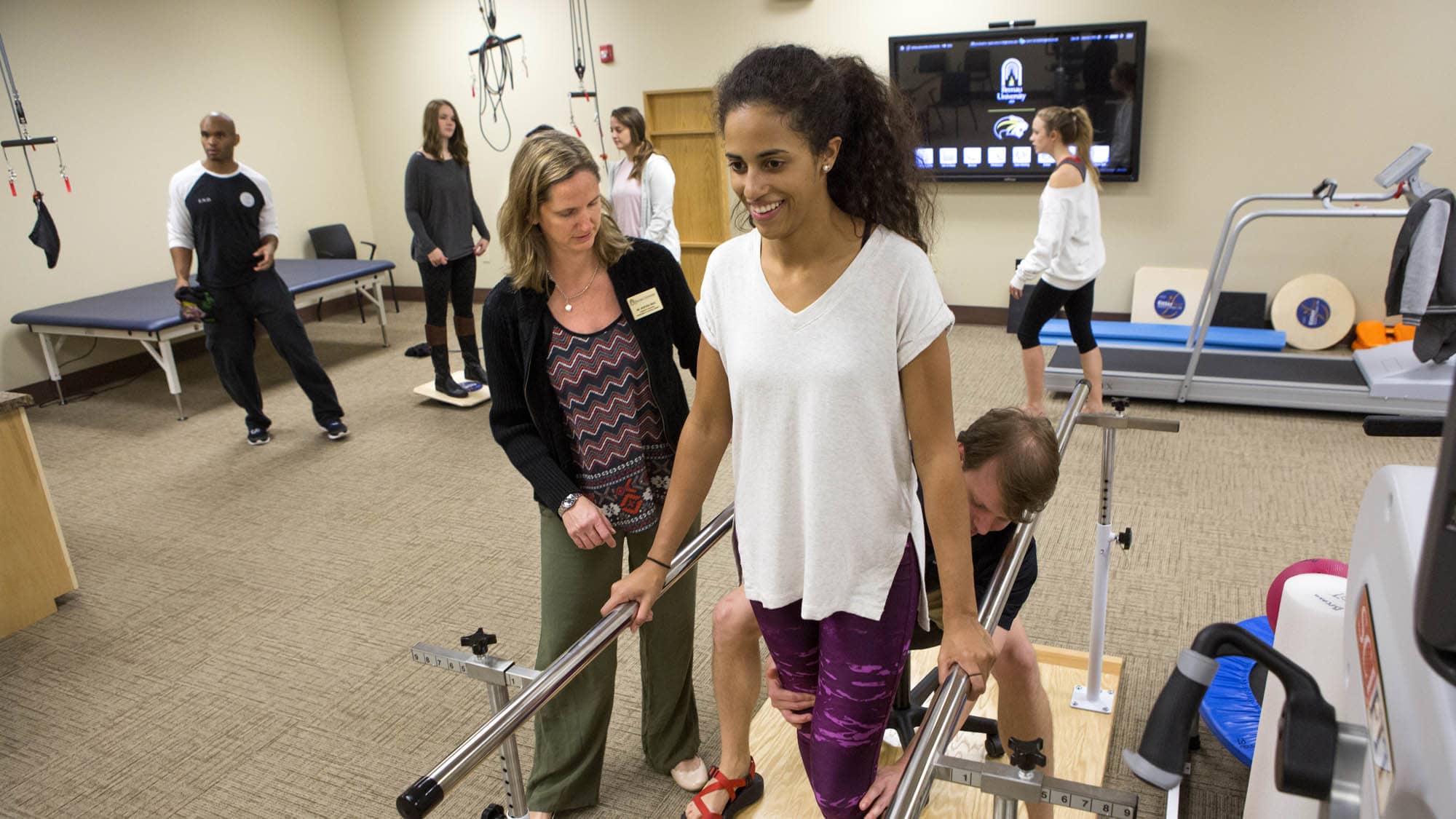Perfecting this Craft of Workplace Design to Optimize Ease and Performance in Work Environments
Perfecting this Craft of Workplace Design to Optimize Ease and Performance in Work Environments
Blog Article
Refining the discipline of human-centered design is paramount for implementing workspaces that advance comfort and productivity. Applied ergonomics is the study of tailoring occupational settings, apparatus, and tasks to fit the requirements of employees. By emphasizing how users utilize their workspace, businesses can alleviate discomfort and prevent injuries. An ergonomic workspace enables fluid movement and reduces strain, which can lead to improved performance and satisfaction among employees.
One key element of ergonomics is the arrangement of furniture and equipment. Desks should be at a position that permits employees to work with their arms at a 90-degree angle while keyboarding. Seating options should offer proper lumbar stability for the lower back, encouraging spinal alignment. Additionally, screens should be aligned at visual height to avoid cervical tension. By verifying that these factors are properly calibrated, employees can copyright a neutral position throughout their assignments, minimizing fatigue and improving focus.
An additional critical consideration in an well-designed workspace is the use of appropriate tools and equipment. This includes keyboards, navigation tools, and other components designed to minimize repetitive strain injuries. For instance, using an ergonomic keyboard can contribute to minimize wrist pain caused by repetitive typing. Furthermore, ergonomic seating and height-adjustable workstations allow employees to change their position throughout the day, which can ease discomfort and boost physical endurance. Implementing high-quality ergonomic solutions can lead to healthier work habits and elevated productivity rates.
Illumination is also a vital element in workspace ergonomics. Proper lighting can diminish visual fatigue and enable workers to focus on recovery plans for athletes their work activities. Natural light is ideal, but if that is not accessible, using customizable artificial lighting can aid create a inviting atmosphere. It is advisable to avoid glaring fluorescent lights that may cause visual discomfort or fatigue. By ensuring adequate lighting, employers can establish an environment that enhances both comfort and work quality.
To conclude, encouraging regular breaks is blog key for sustaining an ergonomic workspace. Reminding workers to take timed breaks can help disperse bodily stress and mental fatigue. During these breaks, personnel should be encouraged to move around or get up to improve physical engagement. Structuring scheduled break times can facilitate build a routine that protects employee wellness without sacrificing work results. In summary, embracing ergonomics in the office not only enhances comfort but also supports a more sustainable work culture where employees can thrive.